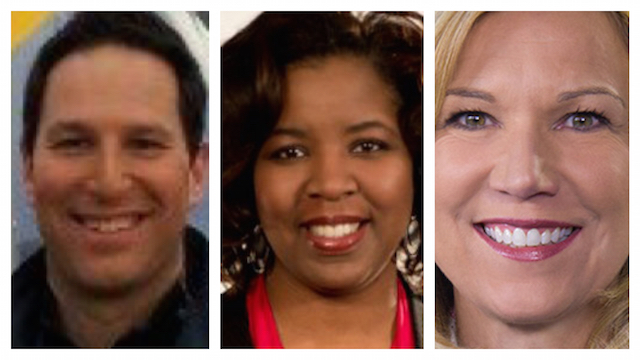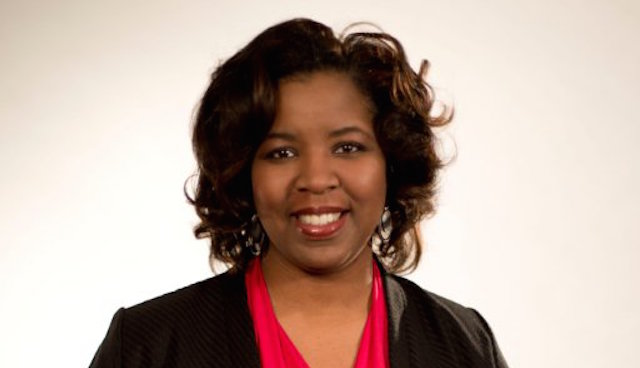Podcast: Play in new window | Download
Subscribe: RSS
A few weeks ago I rounded up some of my favorite podcasts that surrounded a specific theme: why we act the way to do as recipients of storytelling.
This week, I continue the “Best Of” tradition with a different topic: how reporters handle the tasks of covering giant stories.
These are not the stories that lead the newscast one night and disappear the next. These are the stories that carry on for days and weeks, often commanding national attention (and the national media that comes with that).
Such brings us to Episode #32 of the Telling The Story podcast: a “Best Of” edition on covering the big stories.
You’ll hear snippets from previous episodes with the following guests:
Dave Schwartz, sports anchor at KARE-TV in Minneapolis, on heading to Russia to cover the 2014 Winter Olympics (5:30-10:18): “I don’t think you could ever be prepared until you get into the situation and have to do it … I was prepared that it was going to be difficult, but I don’t think anyone could have made me feel better about the security until we were down on the ground.”
Claudine Ewing, anchor and reporter at WGRZ-TV in Buffalo, on handling the 2014 “Snowvember” storm that blanketed parts of the city (7:45-11:05): “A storm can really, really change lives for people, and then as reporters we have to be sensitive and then remember: those are also stories that can told, too.”
Kathleen Cairns, reporter at WBFF-TV in Baltimore, on covering the death of Freddie Gray and the protests and riots that followed (4:55-9:00): “As journalists, it doesn’t matter that your shift ended. You keep going. If it’s your day off, and you hear of something big, you jump in the car and go. There are some people who have that and some people who don’t.”

